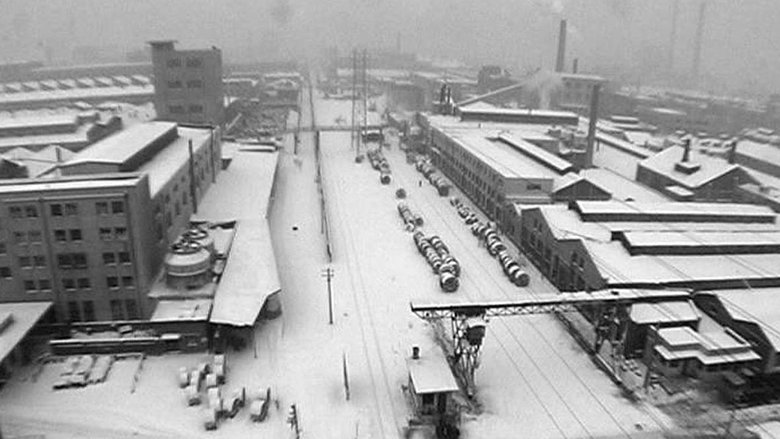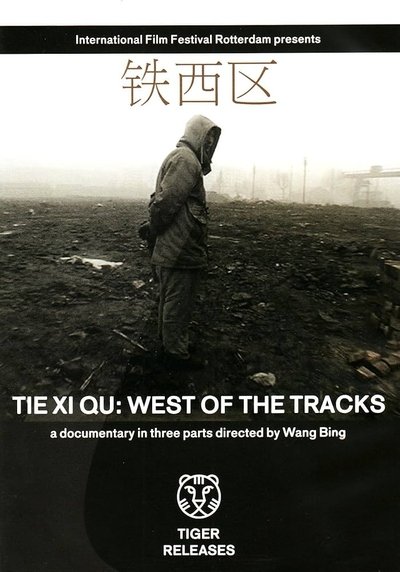Tie Xi Qu: West of the Tracks
Genres
Documentary
OverView
A detailed look at the gradual decline of Shenyang’s industrial Tiexi district, an area that was once a vibrant example of China’s socialist economy. But industry is changing, and the factories of Tiexi are closing. Director Wang Bing introduces us to some of the workers affected by the closures, and to their families.
Others
Budget
$--
Revenue
$--
Status
Released
Original Language
Chinese
Runtime
551 mins
Rating
7.7/10
Release Date
09 June 2004
Country
China

